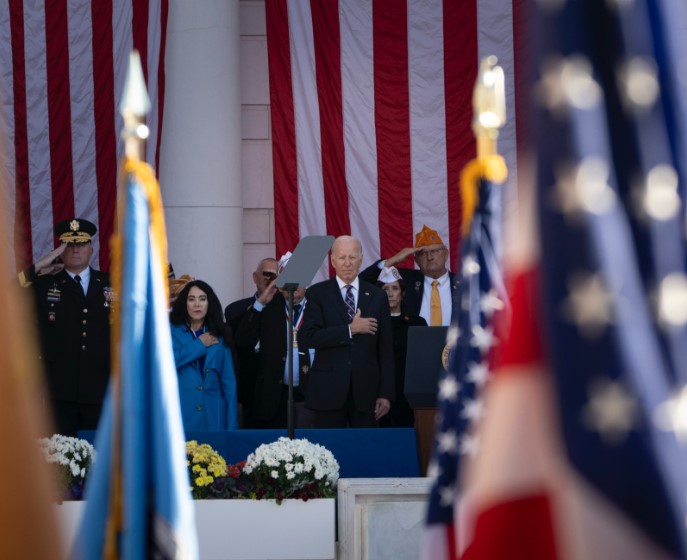American presidential elections are an event of great global interest. Every four years citizens of the United States are called to elect their president. But who can become president and what are the responsibilities and powers of this role?
Table of Contents
The form of government of the United States
The United States is a federal presidential republic. Two elements of this denomination are fundamental to framing the American political system:
- presidential: the name of the US form of government therefore focuses attention on the centrality of the figure of the president. We will then see what his powers and responsibilities are;
- federal: a state is defined as federal when it contains within it additional government entities with sovereign power. In the case of the USA these are the 50 federal states.
Federal states retain greater autonomy. According to the United States Constitution, each state has administrative and governmental power. In addition to the 50 federal states, there is also a federal district in the United States: the District of Columbia.
Who can run for president of the USA?
To run for president of the United States, you must meet the following requirements:
- be an American citizen from birth: therefore, naturalized citizens cannot aspire to this role;
- be at least 35 years old;
- have resided in the United States for at least 14 years.
These requirements exclude those who have acquired nationality through naturalization as well as residents of Puerto Rico, the US Virgin Islands, Guam, American Samoa and the Northern Marianas as “unincorporated territories” of the United States.
The mandate of the President of the United States also meets the following criteria:
- the president’s mandate lasts 4 years;
- the president’s office formally begins on January 20 following election day;
- the president can be re-elected only once, therefore for a total of two consecutive terms;
- in the event of the death or resignation of the president, his vice president has the task of completing the mandate
The main powers of the US president
The president of the United States is the figure who holds executive power. He is responsible for the executive functions of the federal government as well as being the commander in chief of the Armed Forces.
Article 2 of the United States Constitution outlines the president’s powers: giving physical execution to federal laws, appointing federal officials of the various departments into which the administration is divided and the responsibility of signing international treaties (subject to the consent of the Senate).
The President can pardon those convicted of federal crimes and postpone the proceedings of one or both houses of Congress in extraordinary cases.
During his mandate he assumes the responsibility of dictating the legislative agenda of the party of which he is an expression. Finally, the President establishes both domestic and foreign policy directives.
Other powers of the American president
In addition to executive power, whoever wins American elections has access to additional powers. The president appoints 9 of the Supreme Court judges. In fact, therefore, the president also exercises his influence on the judicial side of the country.
For its part, congress has the power to approve bills. The president can, however, use his veto, blocking this action. At this point, the bill returns to Congress for a new vote. Members of Congress can attempt to override the president’s veto to pass the bill anyway. This can, however, only happen under the following conditions:
- vote by open ballot: the vote will therefore no longer be secret;
- requirement of a 2/3 majority of voters: this eventuality is very rare. It implies, in fact, that members of the president’s own party vote against his decision.
How many times can a president be in office?
There have been 45 presidents of the United States elected since 1789 (although there have been 46 presidencies because Grover Cleveland held the office in two non-consecutive terms and is therefore counted chronologically as the 22nd and 24th President).
However, presidents cannot be elected more than twice. The limit on the second term was introduced with the XXII amendment approved in 1947. Previously there was no limit on re-elections, as demonstrated by the four consecutive victories obtained by Roosevelt between 1932 and 1944.
A decision taken to avoid the so-called “monarchy elective”. In 1796 George Washington’s no to his third and certain election made history. Washington stated that “no man could sustain the burden of the presidency for more than eight years.” None of the successors of the Father of the Nation ever managed to propose themselves for a third mandate, except Roosevelt who also obtained a fourth mandate in 1944 which however he did not complete due to his death.
Read also: Caucuses or primaries? How the early stages of US presidential elections work












